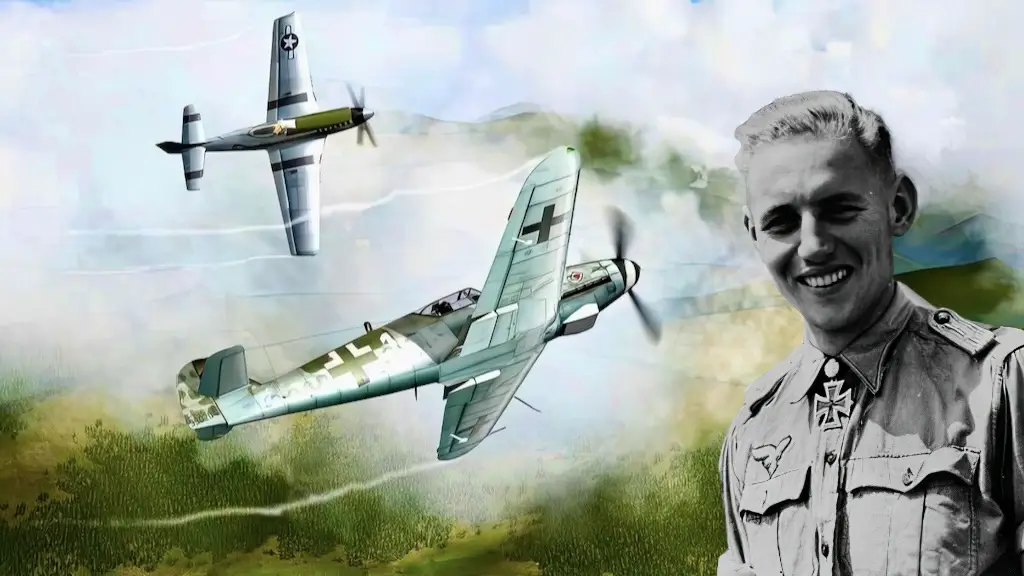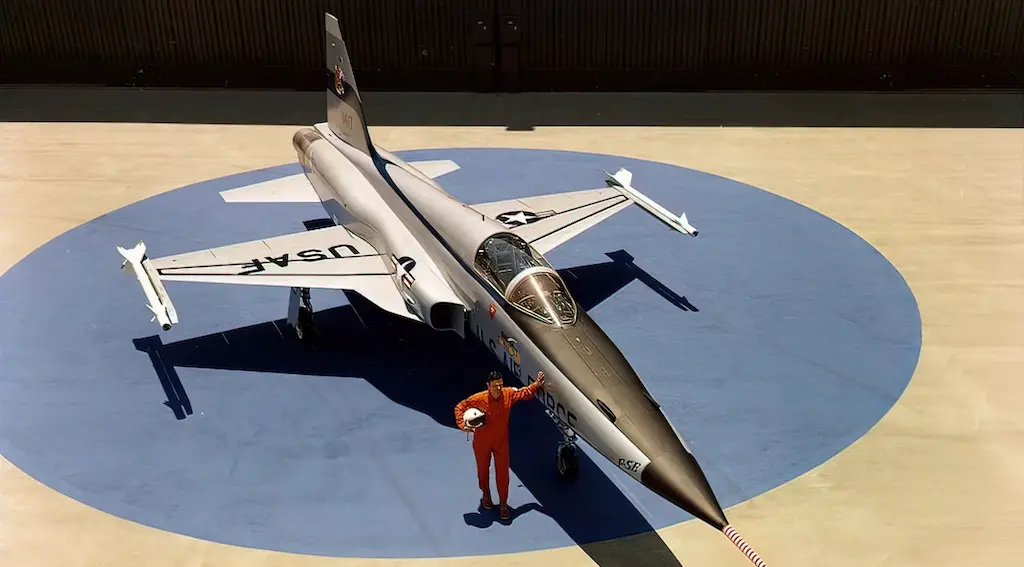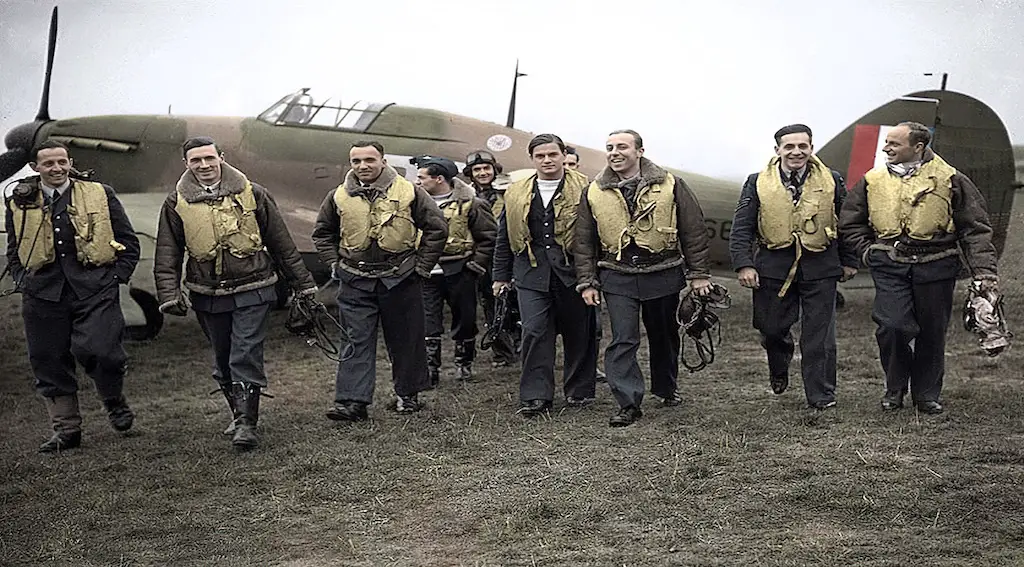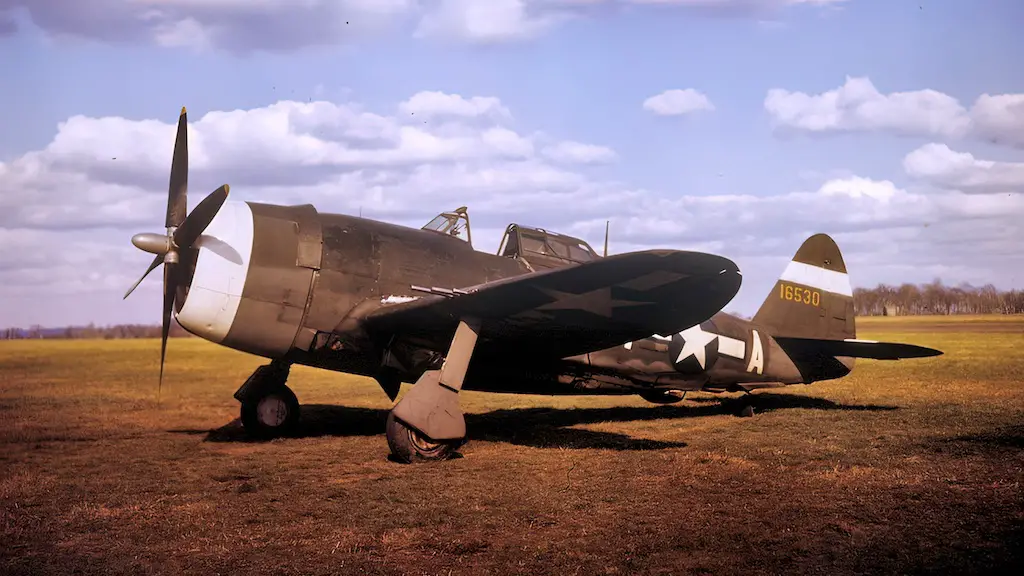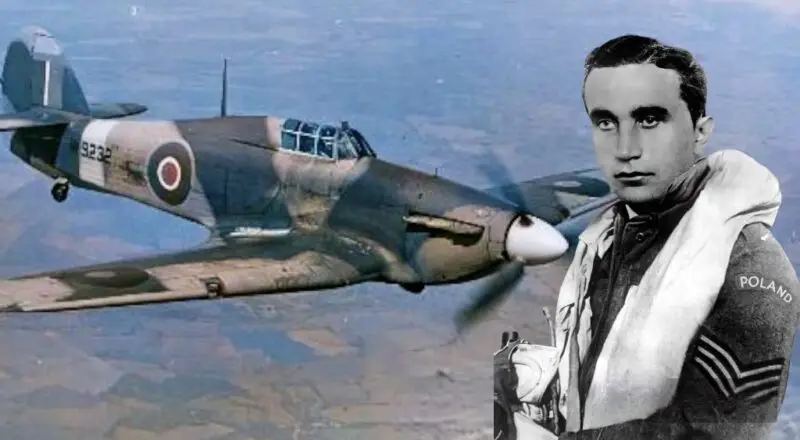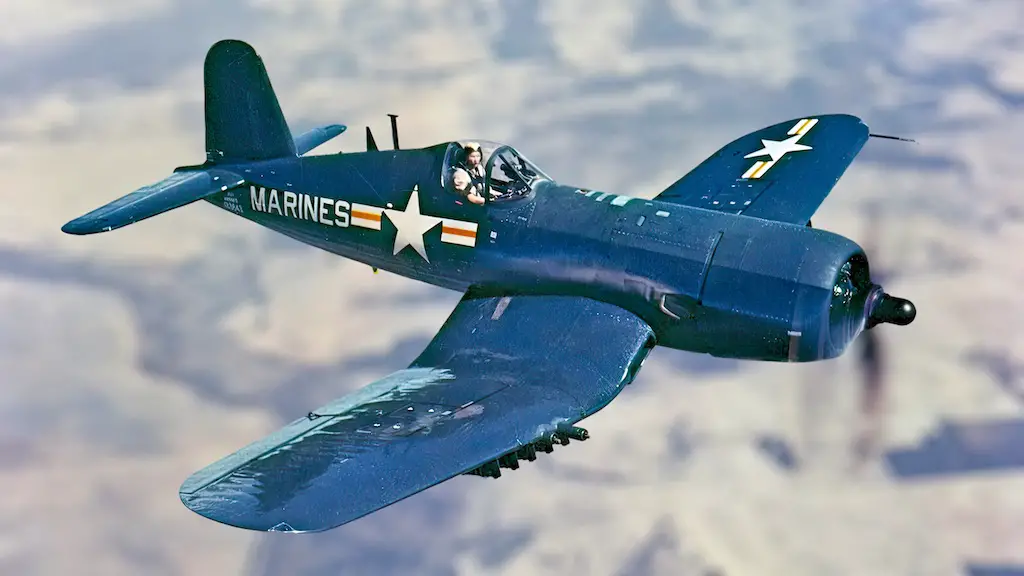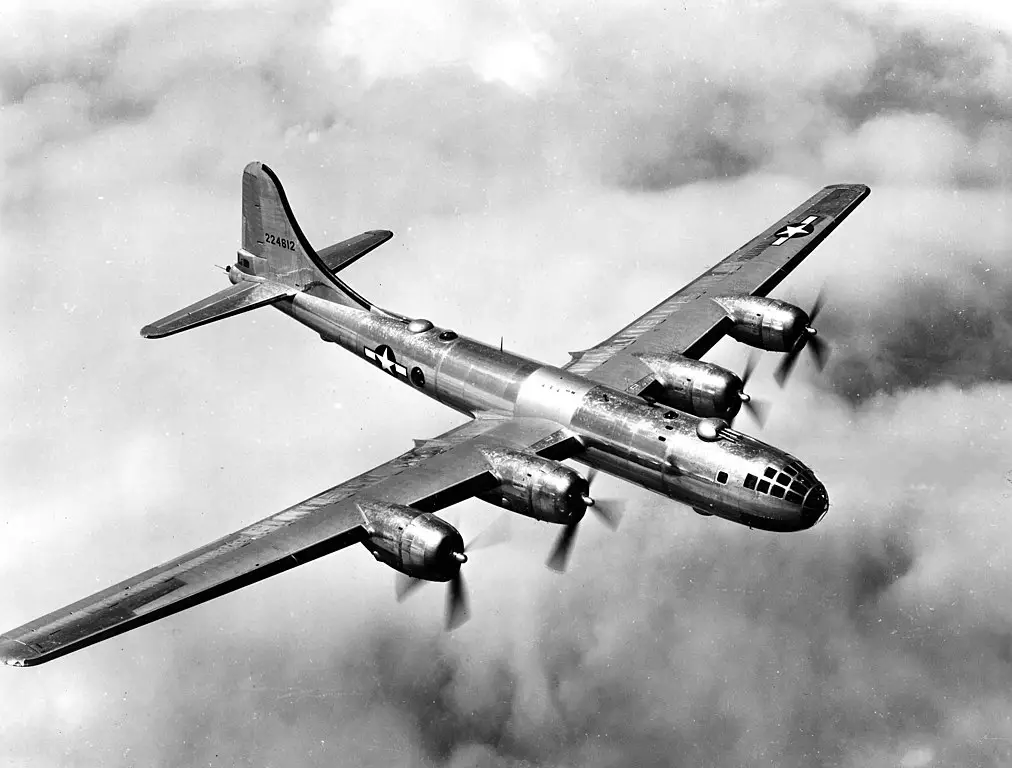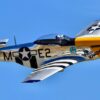A Race Against Time
The Allied B-29 Superfortress bombers were a major headache for Germany during WWII. Capable of cruising at altitudes far beyond the reach of existing German fighters, the Luftwaffe found itself in urgent need of an aircraft that could intercept these bombers. The Blohm & Voss BV 155 emerged as the designed answer to this unprecedented threat.
In early 1942, German intelligence received estimates of the B-29’s performance, sparking a frantic development race. The BV 155 project was handed to the accomplished Blohm & Voss team, who had to work within a shifting technological landscape. Initial designs faced significant revisions as the need for high-altitude performance became paramount.
The wings, fuselage, and entire aerodynamic profile were constantly tweaked to create an aircraft capable of fulfilling its demanding mission profile. The effort was unrelenting, but time was running out as the Allied forces continued to press their advantage.
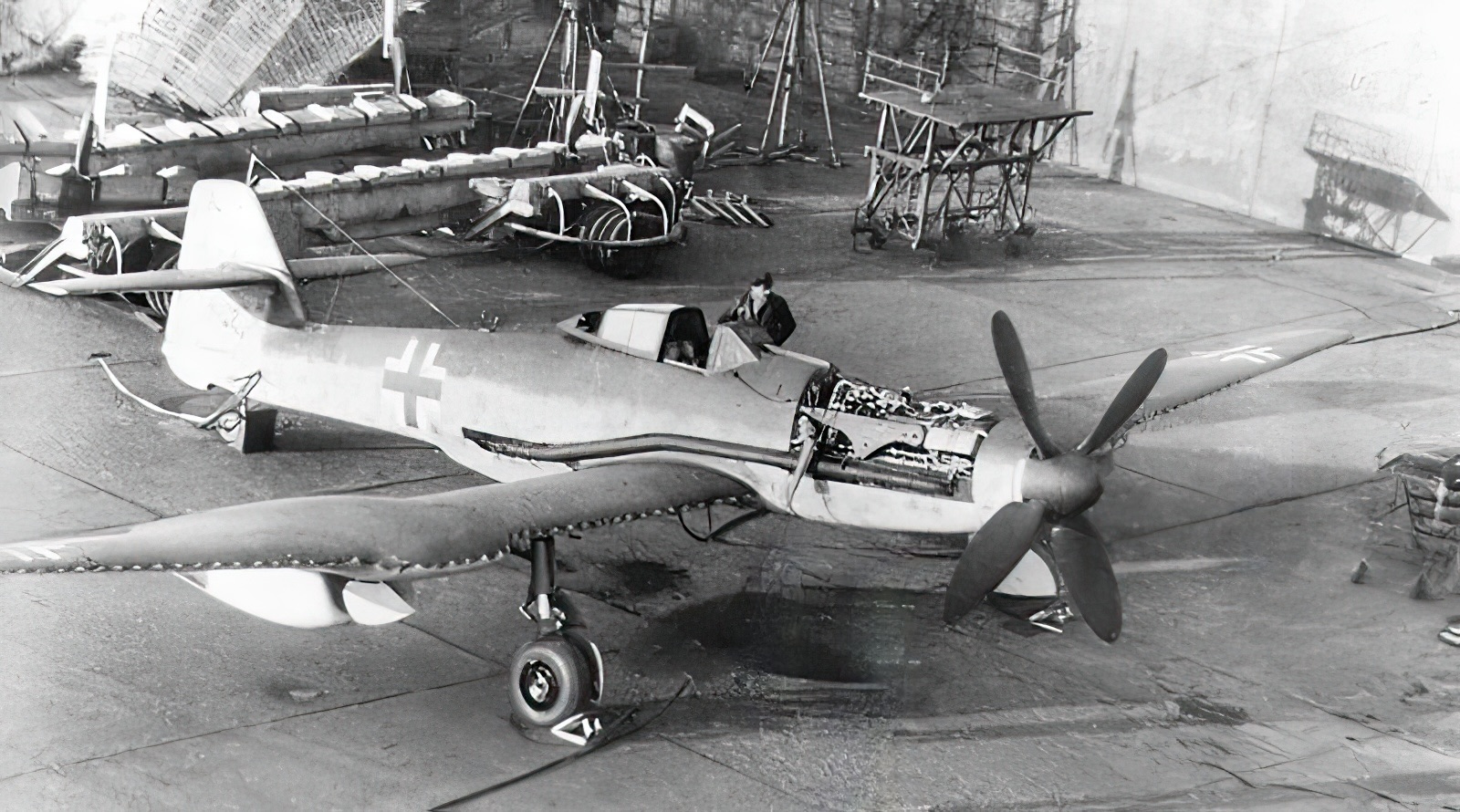
Engine Power
The engine of the BV 155 was one of its defining features. A typical engine would choke at the altitudes required to chase the B-29, but engineers designed a system with a unique turbocharger that allowed for higher altitude operation. The engine, coupled with an advanced cooling system, gave the BV 155 the ability to sustain its pursuit of the Superfortress. It was an engineering marvel of its time, showcasing German ingenuity and determination.
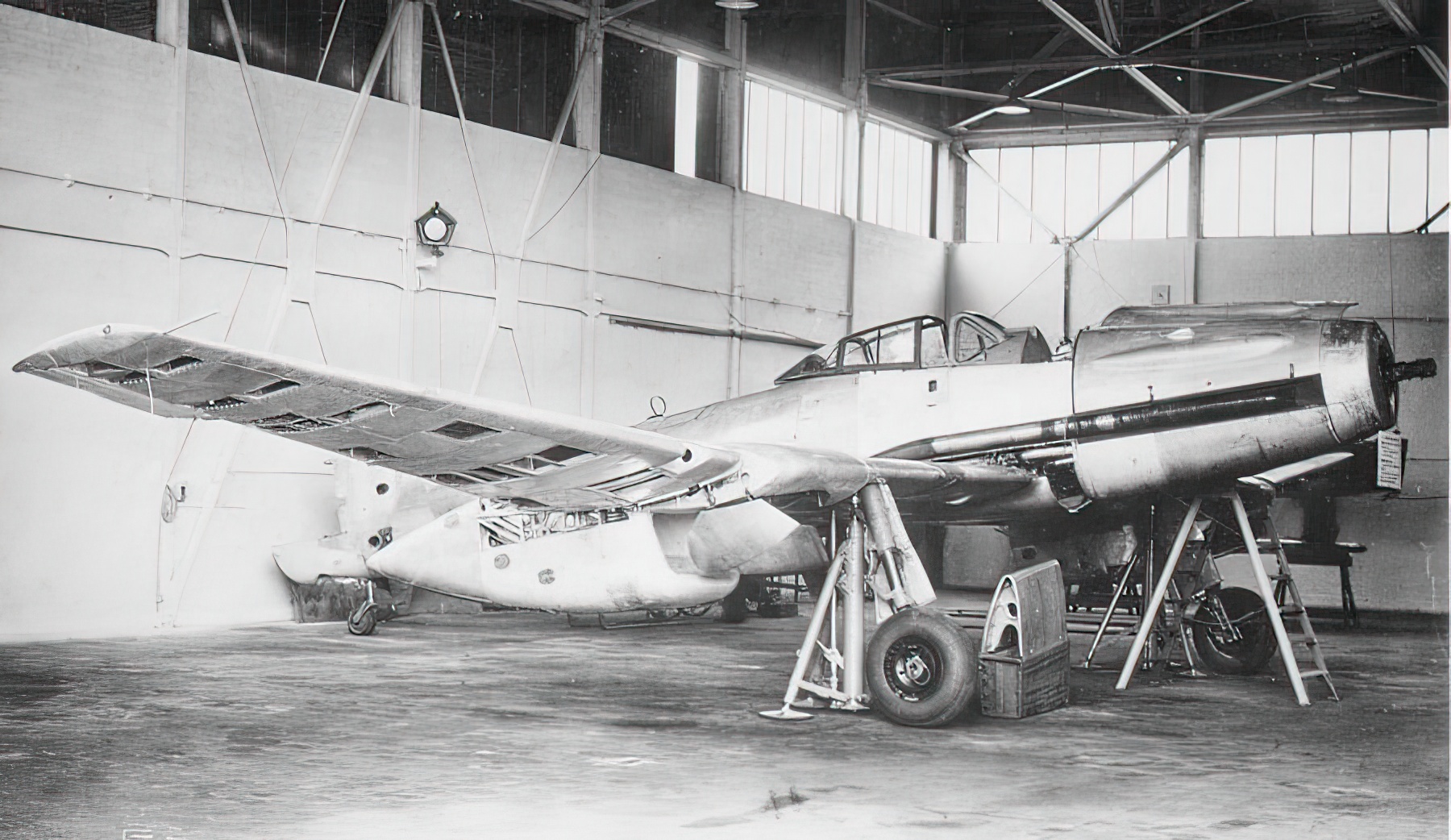
An Agile Giant
The BV 155 was no ordinary fighter. Its extended wingspan provided the needed lift for high-altitude operations, while its aerodynamic design allowed for impressive agility. Test pilots reported surprising responsiveness and control even at the edge of the plane’s operational ceiling.
Its flight characteristics were tailored to the specific needs of its high-flying mission, reflecting a deep understanding of aerodynamic principles and a willingness to innovate. Additionally, the BV 155 featured a pressurized cockpit, an essential innovation that enabled pilots to function at the extreme altitudes for which the aircraft was designed.
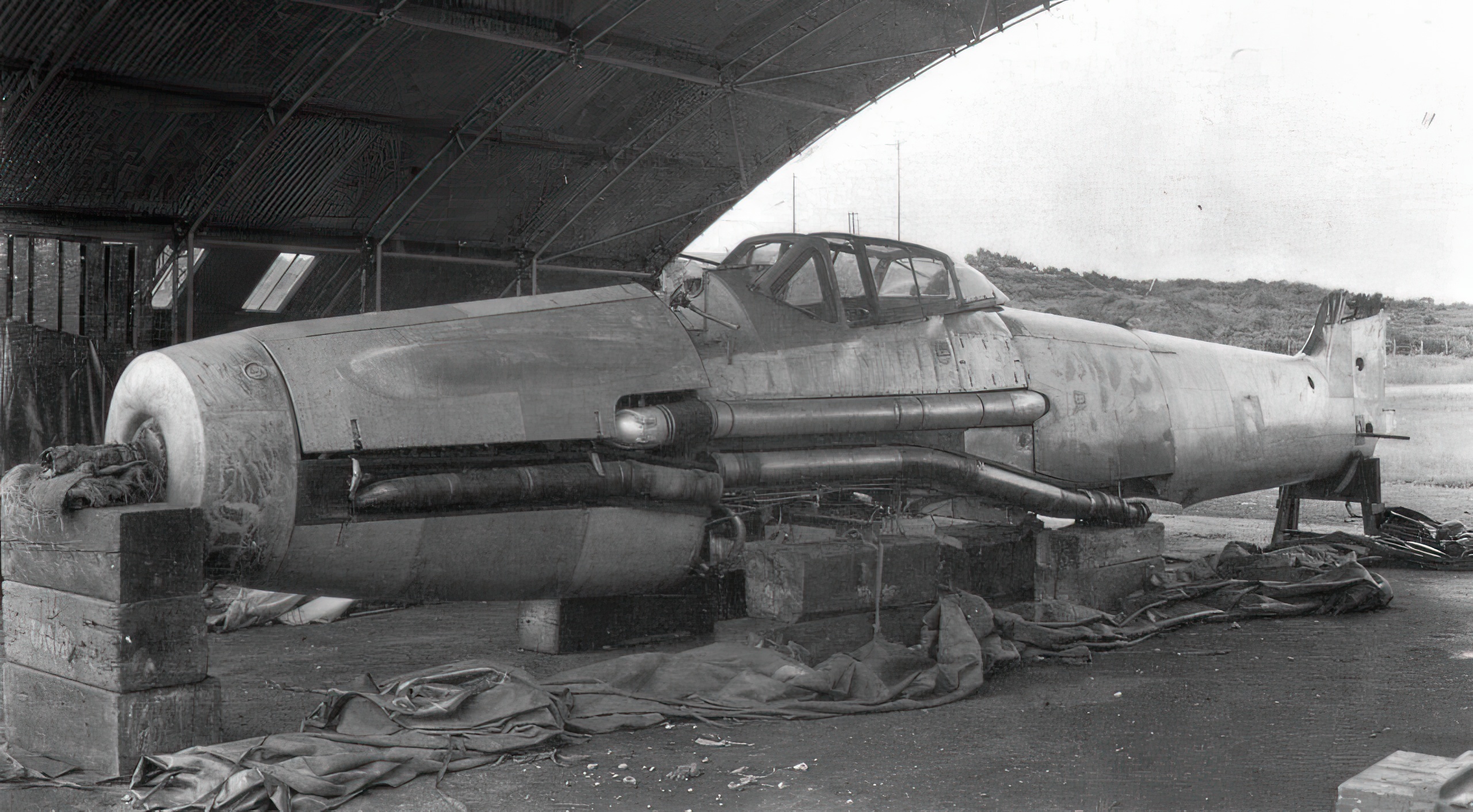
A Heavy Punch
The BV 155 was equipped with formidable firepower. Its armament included cannons and machine guns specifically chosen to provide the offensive capabilities needed to down the heavily armored B-29s. Every aspect of the weapons system was considered, from the placement for optimal targeting to the ammunition for maximizing damage. The BV 155’s weapons were not an afterthought but an integral part of its mission profile.
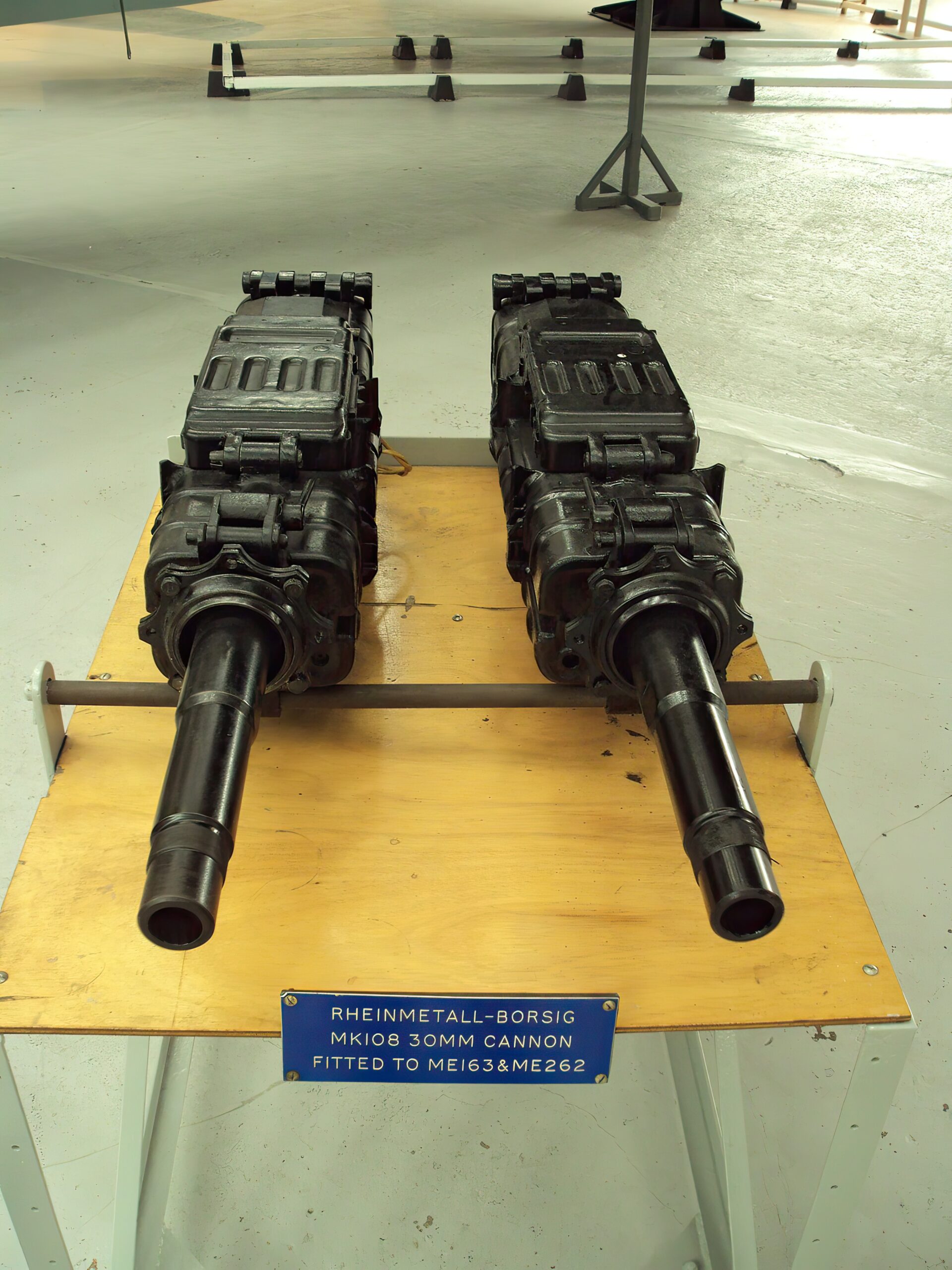
Why It Never Entered Production
Despite its groundbreaking design, the BV 155 never entered full-scale production. As the war progressed, priorities shifted, and the project faced increasing competition for resources. Technical complexities also hindered progress, and some features proved challenging to perfect. Additionally, the rapid evolution of the war landscape meant that the threat it was designed to counter became less critical. The BV 155’s story ended not with a triumphant entry into service but as a tantalizing glimpse of an unfulfilled promise.


